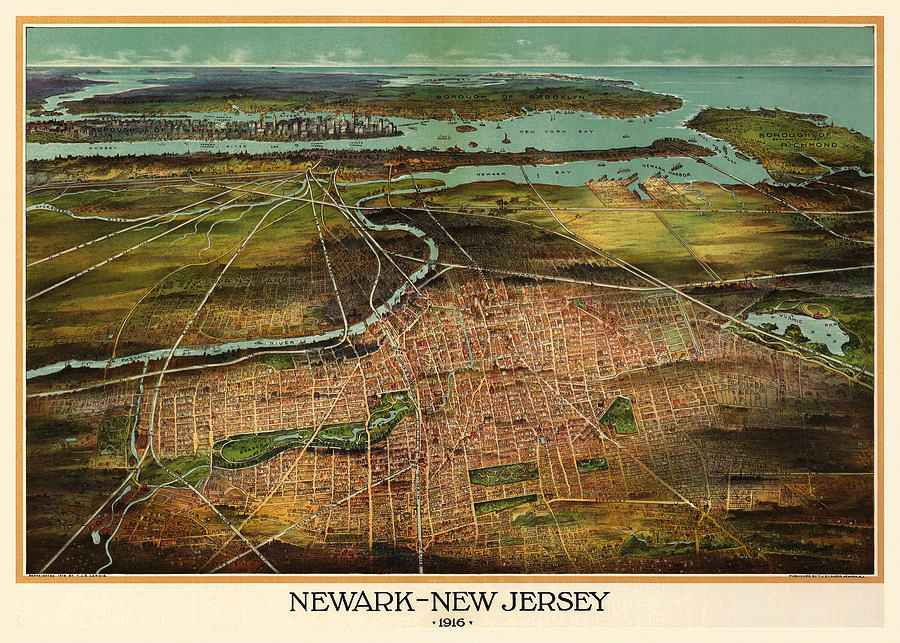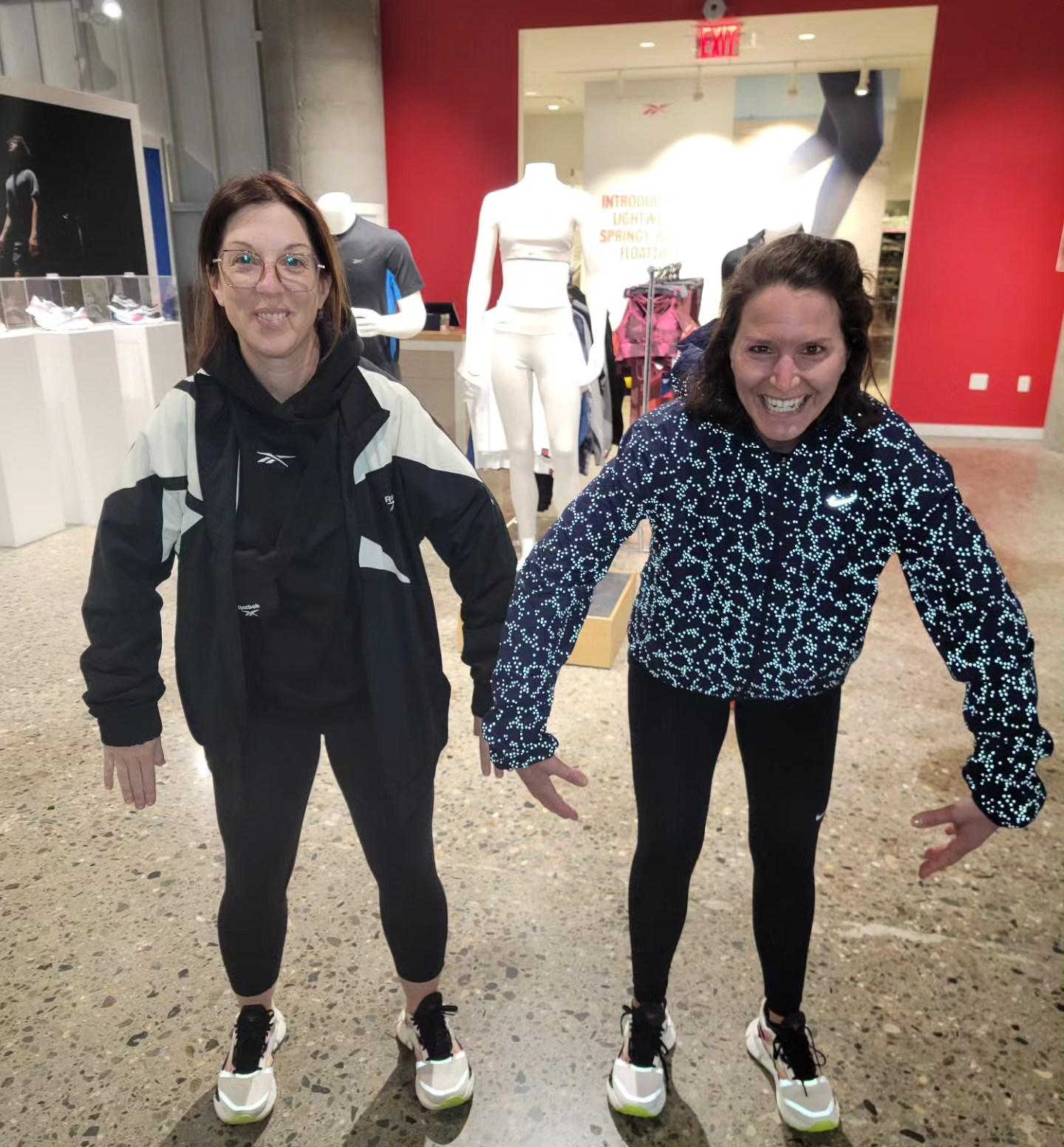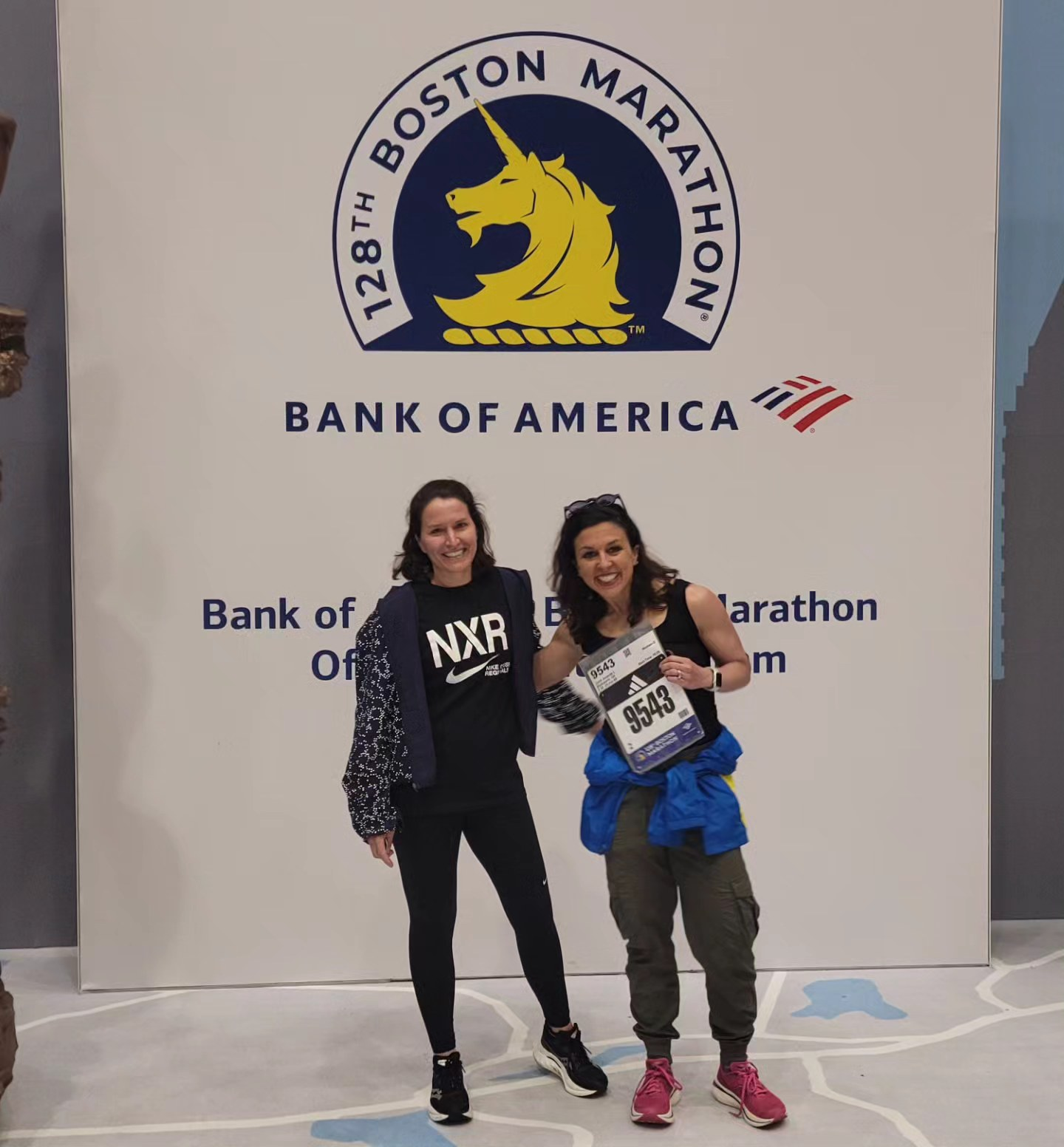An
analysis of VO2 Max as a Performance Indicator for Collegiate
Cross-Country Athletes
COED
6330 Final Assignment
October
9, 2020
April
Greer, Renee Harden, Kris Jones, Samuel Owens
This report will be
focusing on the importance of VO2 max in endurance athletes, how to
reasonably assess an athlete’s VO2 max, and provide guidance for
further improvement. VO2 max, as described by Ungvarsky (2020), is
the amount of oxygen a person can intake during strenuous exercise. Measuring
an athlete’s VO2 max throughout the season is to A) assess athlete’s
fitness, B) use the information to improve the quality the athlete’s training,
and C) allow for the athlete to improve, not only throughout the season,
but to achieve their best performance at the end of the year.
- Athlete’s Fitness
Measuring the athlete's
VO2 max throughout the season is imperative, as the information
obtained is one of the tools that can be used to improve the athlete's
training. The recommended time to calculate the athlete’s VO2 max is
at the start of the season and once a month during the season (Christensen,
2010). Further, the ideal distance to measure the athlete's VO2 max
is the two-mile or using a race distance (Christensen, 2010). For our athletes,
we measure their VO2 max after the first two weeks, then at weeks 6,
10, and 15 (shown in table 1). We use their 5k race time to calculate VO2
max as it is 97% of maximal effort which is converted to predict maximal
effort.
Table 1
|
Time table of when to
measure athlete’s VO2 max during the season
|
|
When
|
Event
|
|
Week 2
|
Two-mile Time Trail
|
|
Week 6
|
5K Race (one)
|
|
Week 10
|
5K Race (two)
|
|
Week 15
|
5K Race (three) -
Conference Championship
|
- Using VO2 max for
Training
To improve their VO2
max, athletes will do a maximal workout once a week (Christensen, 2010; Favero
and Stoll, 2016). Once the VO2 max is established for the
athlete, the coach will use the predicted maximal effort time to give the
athletes a performance goal for the workout. For example, in Table 2, Athlete 1
has a predicted maximal effort of 6:08/mile. Coaches will create a workout plan
for the athlete based around 6:08/mile effort. VO2 max testing will
be repeated a month after the initial test to track training adaptations. In
the college setting, the best way is to measure VO2 max is with race
effort. In this case, Athlete 1 is shown to have made a :07 improvement in her
maximal effort mile time. Once the new VO2 max time is converted,
the coach will use the predicted maximal effort for the next few weeks of
training before the next race to predict another new VO2 max. This
pattern will continue throughout the remainder of the season.
Table 2
|
5K Group Women
|
Two-Mile Time Trail
|
Predict VO2 max/mile
pace effort
|
5K Race (one)
|
Predict VO2 max/mile
pace effort
|
5K Race (two)
|
Predict VO2 max/mile
pace effort
|
5K Race (three)
|
Predict VO2 max/mile
pace effort
|
|
Athlete 1
|
12:16
|
50.9
/ 6:08
|
19:21
|
51.77
/ 6:01
|
19:14
|
52.13
/ 5:59
|
19:01
|
52.83
/ 5:55
|
|
Athlete 2
|
11:39
|
53.98
/ 5:49
|
18:22
|
55.01
/5:43
|
18:40
|
53.98
/ 5:49
|
18:11
|
55.60
/ 5:40
|
|
Athlete 3
|
11:30
|
54.78
/ 5:45
|
18:06
|
55.96
/ 5:39
|
17:25
|
58.52
/ 5:25
|
17:21
|
58.78
/ 5:24
|
- Recommend training for
improvement
As stated above, it is
recommended that the VO2 max workout needs to be done once a week
for athletes to improve their maximal effort (Christensen, 2010; Favero and
Stoll, 2016).
There are also several types of training intensities for coaches to use, including
but not limited to: race pace, lactate threshold, and zone training (Kenneally
et al., 2018). Athletes in this designs examples performed one VO2
max workout and a race pace workout (5k) per week. For all other runs including
the long run, the athletes would run at recovery pace. All paces and
percentages of effort levels are listed in Table 3.
Christensen (2010) and Mackenzie
(2001) both advise using training durations of 3-5 minutes or 800-1600m
repetitions at a high intensity to increase VO2
max.
Table 3
|
Distance
|
Percetage of VO2 max
|
|
5K
Race Pace
|
97%
of VO2 max
|
|
VO2
max Effort
|
100%
at Max
|
|
Recovery
run
|
65-75%
of VO2 max
|
Considerations
One of the most
important considerations when training athletes is that environment and
extraneous physiological factors affect them during the VO2 max test
and during any given race day. It is not often that athletes will get faster
each time they step on the line. In table 2, Athlete 2 had a race where they
seemed to slow down. In their first race, they ran an 18:22 for the 5k, and for
her second 5k, she ran an 18:40. Many factors can affect the athlete on race
day, such as stress, nerves, disrupted sleep, and weather (Weinberg, 2019).
Coaches need to talk with their athletes to see what happened during the race
or maximal effort test. Talking with the athlete will help the coach determine
how to progress the athlete in future workouts.
Age is a significant
factor when it comes to training adaptation. Green and Pate’s (2015) book Training Young Distance Runners argues
that young athletes’ VO2 increases even when the athlete only moderately increases
their training. This means that replications of this design may not provide
detail adequate to coaches who are training younger runners as it makes
causation less clear.
Conclusions
The
design covered in this report gives coaches and trainers the tools to assess
and enhance VO2 max in their endurance athletes without the need for expensive
or intrusive equipment. This design is tailored to be
incorporated within a training program and to be used alongside competitions
allowing it to be accessible for wide use. While coaches need to be aware of
the systems limitations listed above, they will be able to use it effectively
with strong athlete communication.
References
Christensen, S. (2010).
The profiling and preparation of an elite junior miler. Retrieved from http://www.ustfccca.org/assets/symposiums/2010/Scott-Christensen_Preparation-Elite-Junior-Miler.pdf
Favero, T. & Stoll,
K. (2016). Seasonal improvements in VO2 max among women’s college soccer
players with one day per week aerobic interval training. Kinesiologia Slovenica, 22(2), 14-21.
Green, L. & Pate, R.
(2015). Training young distance runners.
Champaign, IL: Human Kinetics.
Kenneally, M., Casado, A., &
Santos-Concejero, J. (2018). The Effect of Periodization and Training Intensity
Distribution on Middle- and Long-Distance Running Performance: A Systematic
Review. International Journal of Sports
Physiology and Performance, 13(9),
1114-1121. doi:10.1123/ijspp.2017-0327
Mackenzie, B. (2001). VO2 max [WWW] Retrieved from
https://www.brianmac.co.uk/VO2max.htm [Accessed 8/10/2020]
Ungvarsky, J. (2020). VO2 max. Salem Press Encyclopedia of Science.

















